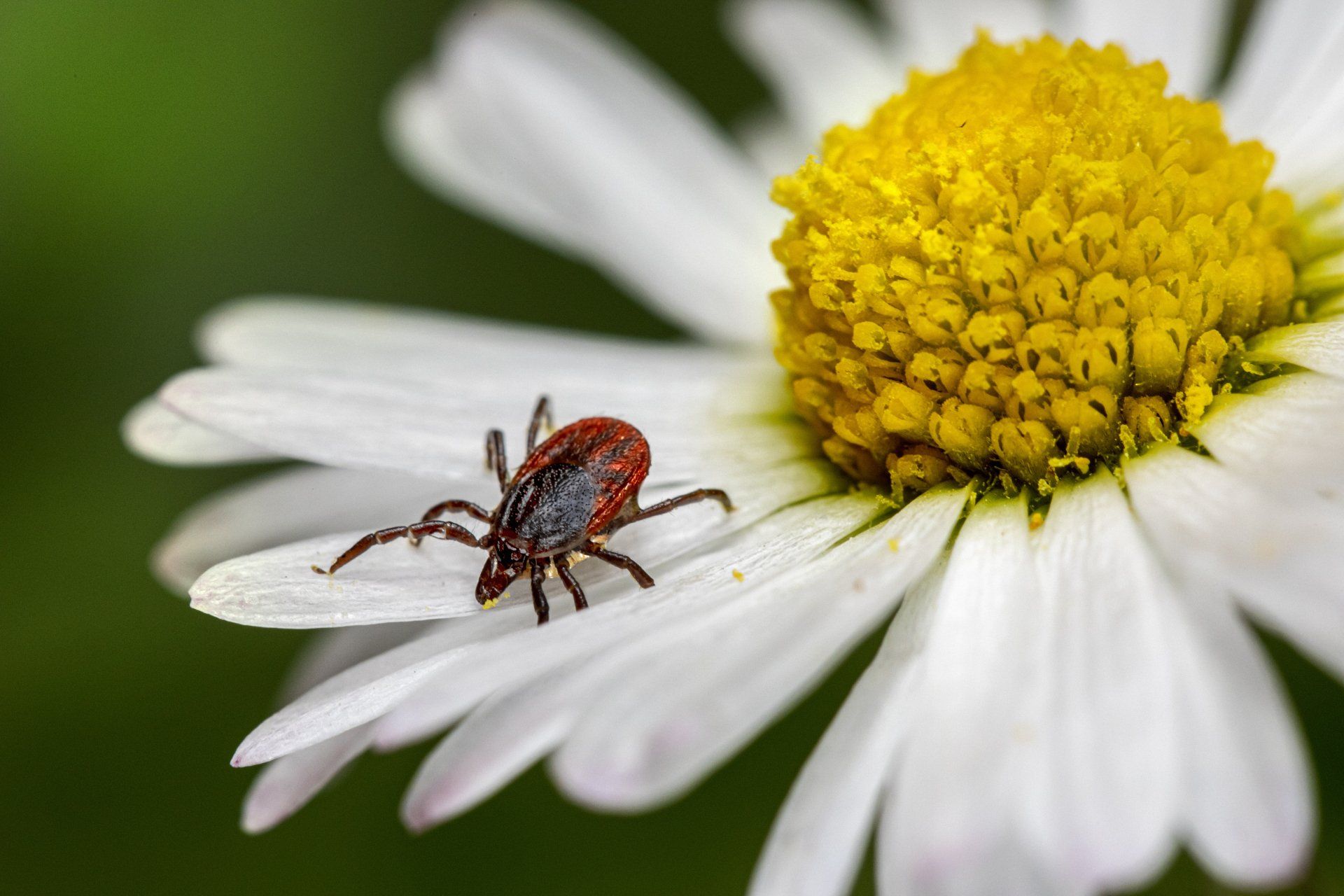Get in touch
555-555-5555
mymail@mailservice.com

Ticks
Ticks are some of the worst parasites out there for our pets. Not only can they transmit illnesses to our cats and dogs, but they can land on humans to do the same. Below we’ll get into some detail on the life cycle of ticks, some of the diseases associated with them, and how to prevent them from biting your pet in the first place.
Tick Life Cycle
There are a number of species of ticks in the United States and their life cycles can vary. In general, most of the ticks we worry about for dogs and cats are hard ticks, which are so named for the hard plate on their backs. After hatching from an egg, all other parts of the life cycle (larva, nymph, and adult) require a blood meal from a host before maturing.
Diseases
Ticks themselves can directly cause disease. For example, there can be itchiness and irritation where they bite. Sometimes the bites can cause an allergic reaction or get infected. If there are enough ticks on an animal, they can take enough blood to cause a low red blood cell count (anemia), which can be fatal. There is an illness called tick paralysis that causes full body paralysis due to a neurotoxin some female ticks carry. This can be reversed by simply removing the tick.
Different kinds of ticks carry different diseases. Many tick-transmitted illnesses used to be regional, but with the changing climate tick habitats are expanding to cover more area. As a result, once regional tick-transmitted diseases are becoming more widespread. There are a number of tick-borne illnesses, including Lyme disease, Rocky Mountain Spotted Fever, Ehrlichiosis, Anaplasmosis, Tularemia, Cytauxzoonosis, Hepatozoonosis, and Babesiosis. Many veterinarians routinely screen for exposure to bacteria that cause Lyme disease, Ehrlichiosis, and Anaplasmosis with a dog’s annual heartworm test.

Tick Removal
There are all sorts of tools to help remove ticks. These devices allow removal of the tick as close to the skin with minimal manipulation of the tick to prevent complications. If ever you are uncomfortable removing a tick due to its location, contact your veterinarian.
Tick Prevention
There are a wide variety of products to prevent ticks from biting and transmitting disease. All should be used year-round since we can find ticks on cats or dogs even in the winter! Oral chews, topical spot-ons, and long-acting collars are all great options. Make a plan with your veterinarian for which products to use depending on where you live and your pet’s lifestyle.
Make sure to check your pet especially after activities that could lead to tick exposure. Between the toes, on the face, and under ear flaps are some common places to find ticks that might be forgotten about. A bath after possible tick exposure can wash away ticks before they’ve even attached.



